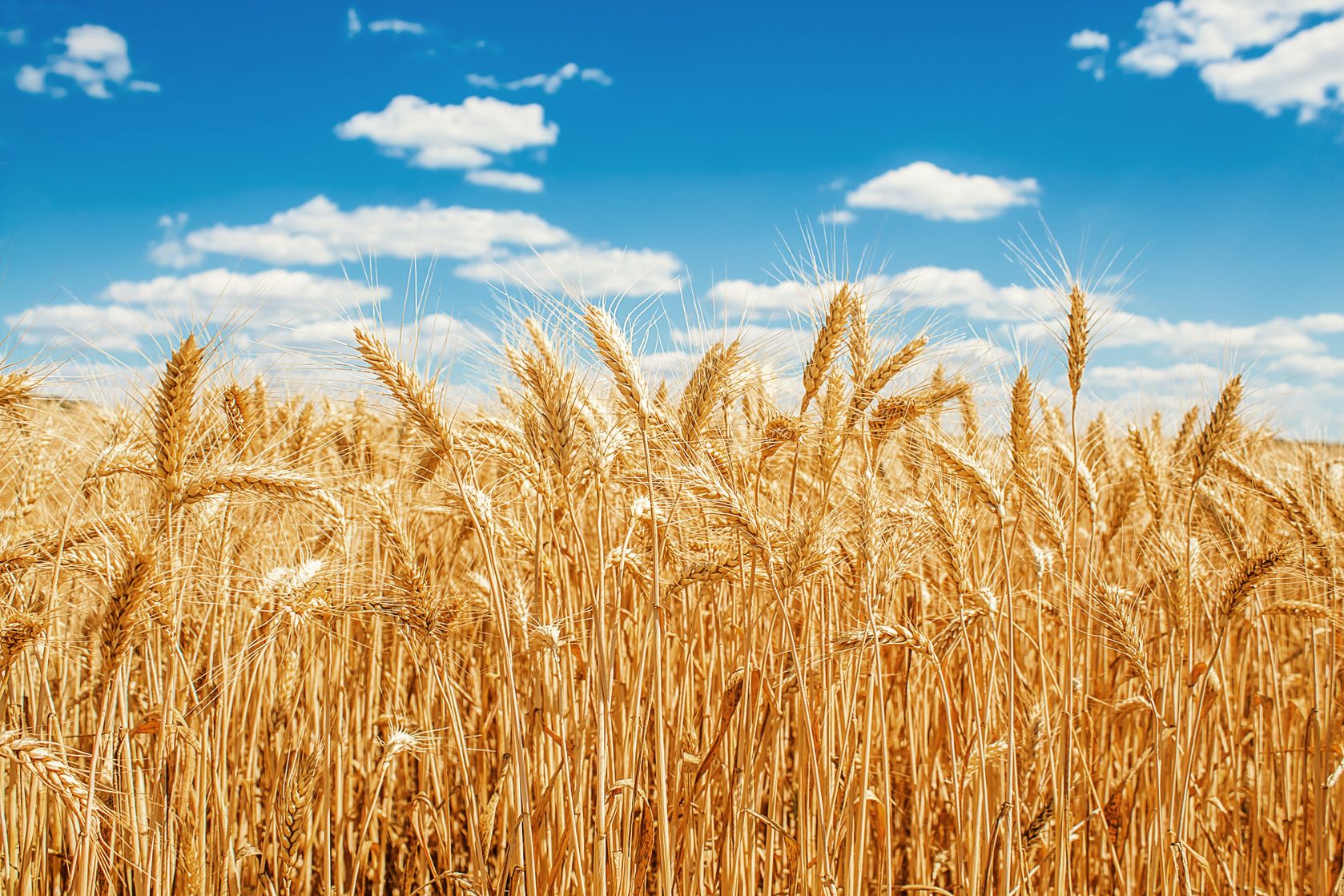Share This
Our July Grain of the Month is easily the most well-known, and popular grain in most parts of the world. In fact, wheat supplies 20 percent of the world’s calories, overall, with 4.5 billion people eating it every single day! When people think of “whole grain”, they typically envision “whole wheat”. But most people don’t know that “wheat” is not a single commodity but a whole family of different varieties.
There are many different varieties of whole wheat consumed today, some you may have seen in your local market but others may be less familiar. Emmer (farro), commonly found in the Central Mediterranean and India, Einkorn from the Middle East, spelt, Kamut® (khorasan wheat), durum, red wheat, white wheat, soft wheat, hard wheat… the list goes on. We were even recently contacted about a strain called Karakilcik being cultivated in Turkey, which was a new variety to add to our ever-growing knowledge of wheat!
You may see some of these wheat varieties listed in some of your favorite products like granolas, cereals and loaves of bread. Though, today, most farmers grow only one subspecies of bread wheat — Triticum aestivum — the ancestor of which emerged more than 10,000 years ago in the area that now contains Syria, Turkey, Iran and Iraq, we’re beginning to see more “ancient” grains and varied assortments of wheat ingredients being added to shelves. While some say these ancient varieties are unlikely to replace today’s common bread wheat, they are certainly becoming more popular for their distinct flavor profiles and added nutritional benefits.
Chef Dan Barber, author of The Third Plate, strongly believes that the true taste of wheat relies fully on going back to the ancient grains. He’s partnered with Dr. Stephen Jones to develop his very own grain that prioritizes flavor – not through genetic modification, but OG breeding, manually mixing the pollen of one wheat variety into the stigma of another. Barber Wheat was born as the first of its kind, bred solely for enhancing the flavor of the wheat. The project was overseen at Jones’ research center called the Bread Lab at Washington State, which focuses on developing grains for culinary purposes rather than wide-spread industrial manufacturing purposes. The program is working to help prove that non-industrial wheat can be as sustainable as the current commodity crop. (Stephen Jones will be speaking about his search for the most flavorful wheats at our Whole Grains Away From Home conference in September.)
With new developments like this, there’s no telling what the future holds for whole wheat!
(Harley)


Add a Comment